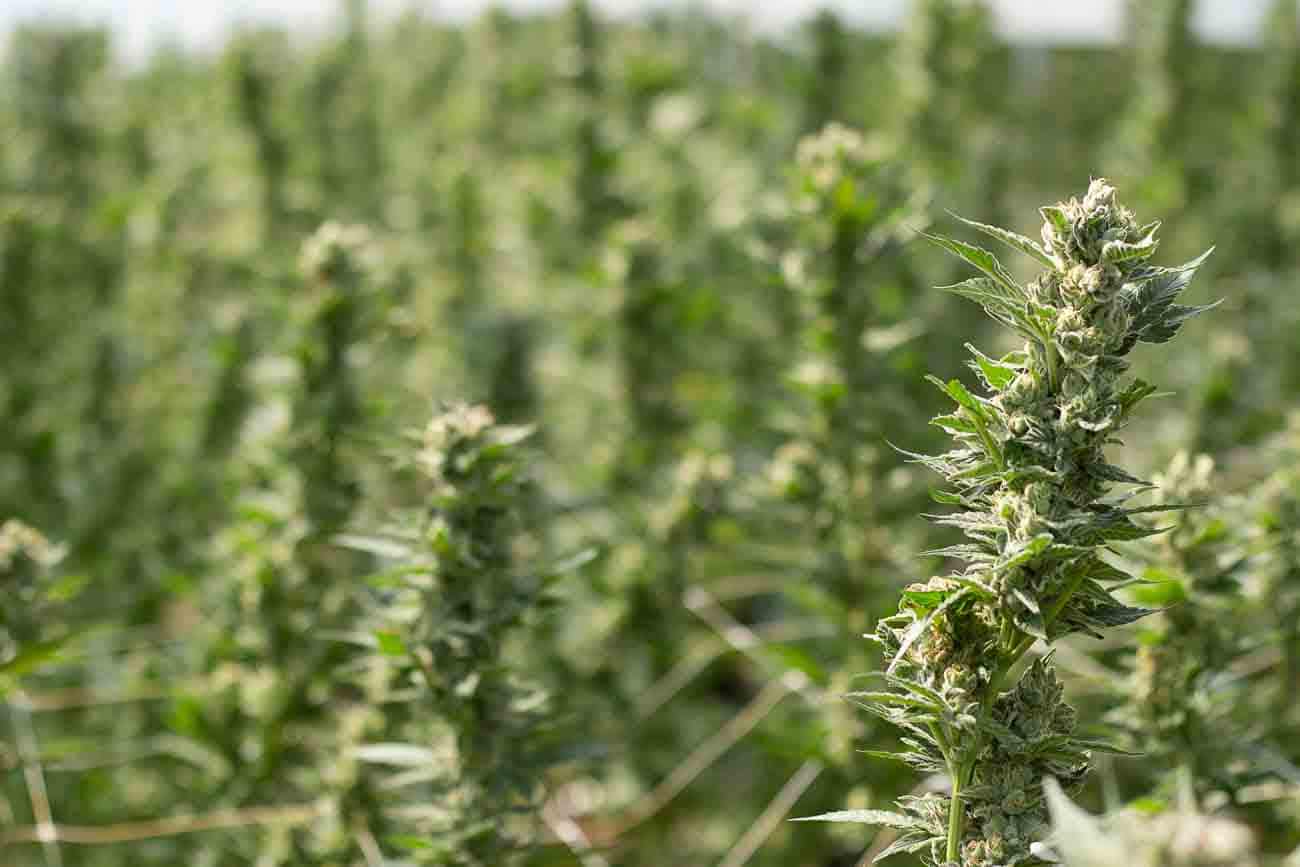SUPER CROPPING
An intensive high stress plant training technique that is practiced to improve cannabis plant productivity. Super cropping cannabis is simple yet efficient.
What Is Super Cropping, And Why Do You Do It?
Super Cropping is a high-stress training technique; although the method causes temporary harm to the cannabis plant, it is necessary to achieve the best result.
It involves breaking and repairing only the inner cell walls while the outer part remains untouched. The possible outcomes are longer and thicker plants with increased .
Cannabis plants become stronger after recovering from the manipulation.
Remember to never super crop plants dealing with pest infestations, nutrient deficiencies, or any other type of negative stress. Super cropping is a very stressful technique, and your plants need to be extremely healthy to be able to cope with it.
As you become more familiar with super cropping cannabis you can experiment more with this technique. You can super crop in different ways, and at different times, during your plant’s life cycle. Some growers find super cropping early on in the vegetative stage helps spark rapid growth and bigger, more structurally sound plants.
If you’re super cropping to help your plants better support their buds, we recommend doing so as soon as they grow their third node. You’ll end up with big, strong plants come flowering that are ready to support even the densest of flowers.
You can also use super cropping in the late vegetative and early flowering phases if you want to even out your canopy and boost resin production for a bigger, more aromatic, and ultra-potent harvest.
As they recover, your plants will form thick, hard knots at the crop points. During flowering, these knots will help support the weight of your plant’s buds, and the overall structure of the plant itself.
Note: This technique can be performed on every cannabis plant except auto flowers. Auto flowers mature in a shorter period. Super cropping will disturb their bud production and result in poor yields.
How Can You Do Super Cropping?
Consider the following most effective ways to carry out Super Cropping:
- Determine the most suitable tallest branches for super cropping.
- Starting down low on the branch, gently grasp the branch between your thumbs and forefingers (do not use your nails).
- apply a small amount of pressure while you pinch the branch.
- Gradually roll the branch between your fingers until the stem feels limp in the right spot.
- If the plant’s outer skin opens, using duct tape to reinforce the injured branch throughout the healing phase can help.
- Work your way up the branch, leaving a few centimeters between each crop. We don’t recommend cropping anything above 2–3 nodes from the tip.
- After super cropping, your branches/plant should lean more to one side, and the tips should be bent at roughly 90°. If you’re a rookie, it might take some trial and error to get this right.
- Once your branch has been cropped and is leaning in the direction it’s time to tie it down at each crop site using string or zip ties.
- Make sure the plant responds well to the stress method. After 3 days the branch should begin to show signs of healing.
Why Is Super Cropping Helpful?
While it might seem counterintuitive, this kind of stress actually benefits your plants, encouraging more vigorous vegetative growth and better bud development. In response to predators and other forms of stress, female plants naturally produce cannabinoid and terpene-rich trichomes. Thus, the damage you inflict when super cropping is believed to trigger the plant’s defense mechanisms, causing it to take up more nutrients, fueling its growth. On a secondary level, super cropping is a way to manipulate how your plants grow. After they’ve just been cropped, your plant’s branches will seem weak and flimsy; you can take advantage of this and tie them down (similar to how you would when using LST) to teach the plant to grow in a lateral direction that will help increase light penetration into the canopy and an overall increased yield per sq ft.
You Might Also Want to Read
